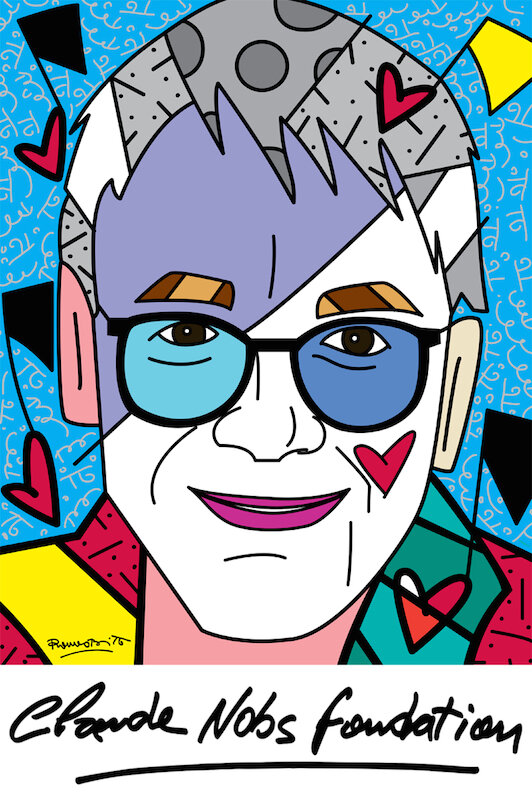Digital Shapers 2020. BILANZ in cooperation with Handelszeitung and Le Temps has selected the 100 most important people in Switzerland who are driving digitization in the country.
Thierry Amsallem (56) was already digital when many did not yet know what the abbreviation "www" stands for. In 1993, to the amusement of many, he was one of the first music organizers to sell tickets for the Montreux Jazz Festival on the Internet. A total of 150 were. In the meantime, nobody is laughing anymore. Today, Claude Nobs, who died in 2013 after a fall while cross-country skiing, has a longtime partner who conducts one of the most exciting and spectacular digital memory projects in the cultural sector. The aim is to digitally secure the world's most important memory of jazz, blues and rock and to preserve it for posterity. 5,000 live recordings with 20,000 artists, including such titans of music history as David Bowie, Johnny Cash, Tracy Chapman, Ray Charles, Ella Fitzgerald, Aretha Franklin, Herbie Hancock and Neil Young.
Data amounting to 15 million gigabytes - the equivalent of the storage capacity of more than 20 million CDs - has come together since Claude Nobs, accountant at the Montreux Tourist Office, set up his first "Montreux Jazz" in 1967 with friends and a budget of just 10000 francs. Recording technology has changed fifteen times in all that time, but in the meantime everything has been digitalized, paving the way for the conservation of this unique musical treasure, says Thierry Amsallem.
Now the digital pioneer "avant la lettre" is looking for a way to preserve this unparalleled audio-visual heritage for future generations - as a repository for musicologists, acousticians, data specialists, museologists and neuroscientists. Support comes from luxury watchmaker Audemars Piguet, Western Digital, Logitech and the ETH Lausanne. What they are looking for are storage methods that work forever if possible and are significantly less expensive than the three Montreux Jazz servers, which incur energy costs of 30,000 to 40,000 Swiss francs a year. Thierry Amsallem says that it has just been possible to store two pieces of music on a synthetic DNA.
